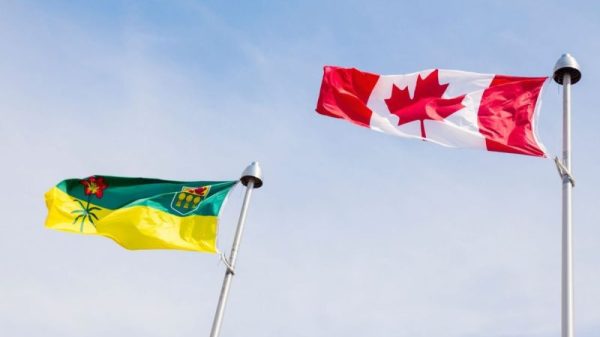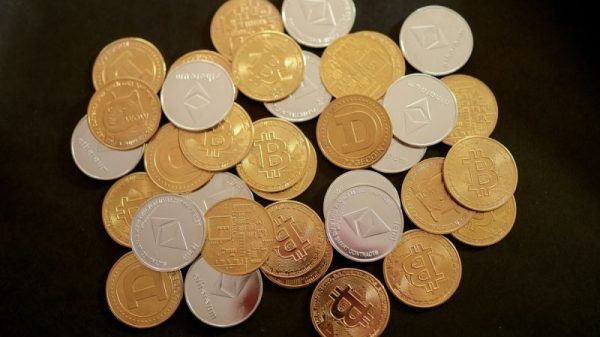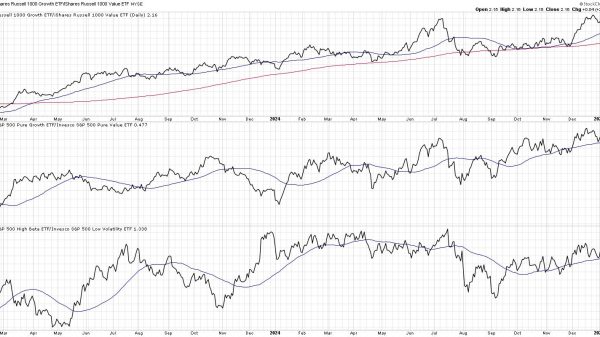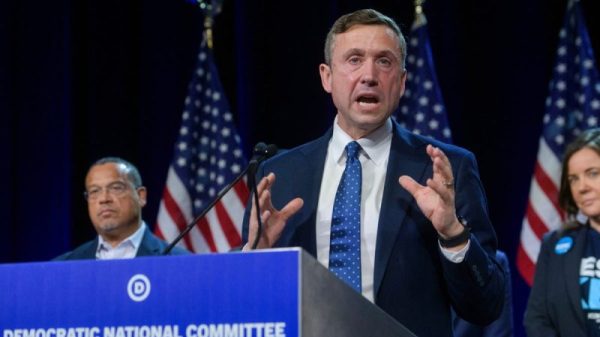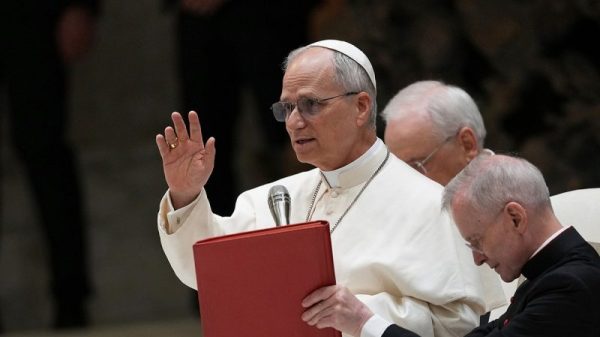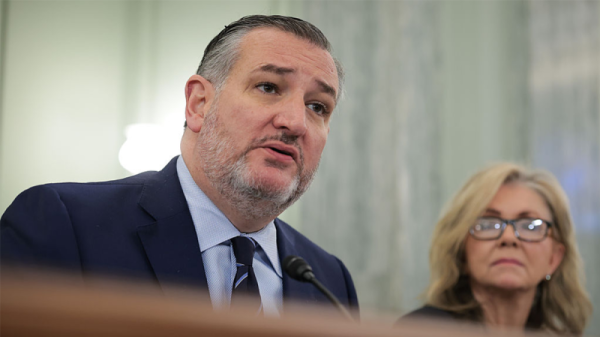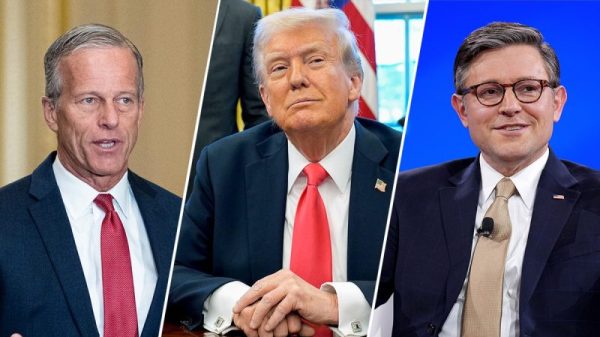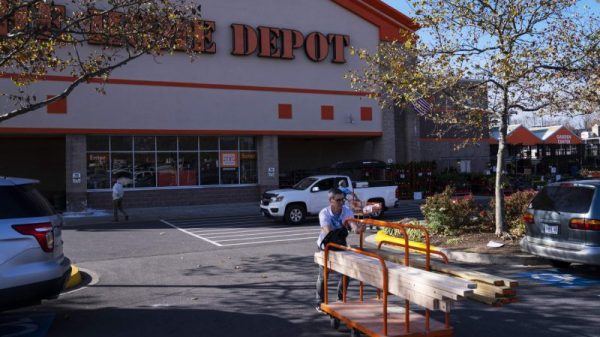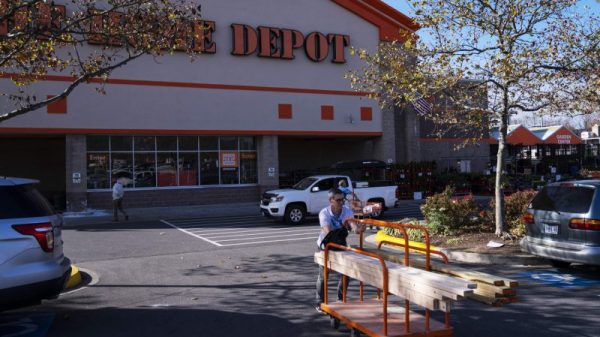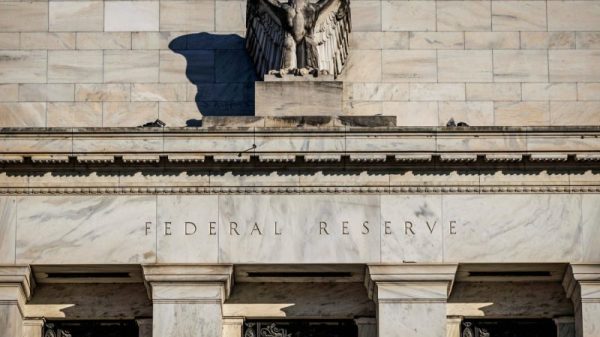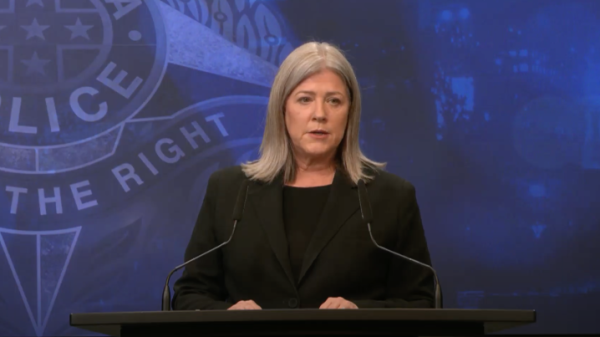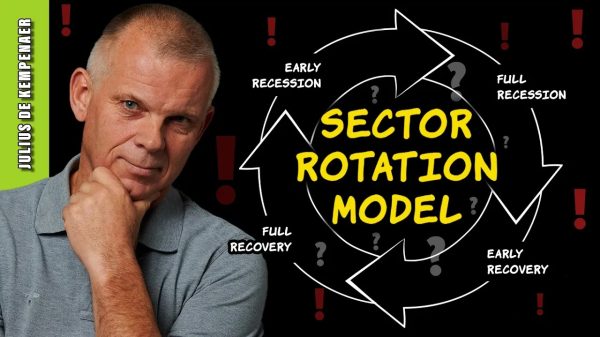Woosh, woosh, woosh.
The helicopter blades cut through the crisp summer air, and the thundering roar of the engines echoes through the mountain valley. A handful of workers 1,200ft up the mountain stand ready to put in place the massive steel barriers lifted there by the chopper. All day, for a couple of days in a row, these teams of engineers, construction workers, and skilled pilots moved a few dozen huge barriers from the airfield on the other side of the valley to the steep slopes above the main portion of the village.
Watching the helicopter make its hypnotic journey has me thinking about the public finance implications of constructing and maintaining avalanche protections.
Certainly, the literal value at risk is quite extreme: the thousand-odd inhabitants of my little village have plenty of houses and cars and belongings — not to mention their own, invaluable lives — as well as the major businesses in town (hotel, harbor, church, offices) in the way of potential avalanches. Most of us stand to lose a lot if a snowy flood descends from the ominously steep mountain above us.
It makes plenty of financial and economic sense to expend labor, raw materials, and a decent amount of fossil fuels to erect this protection against the elements. Tail-risk insurance against nature.
But avalanche protection, like defense or streetlights, is what economists classify as “public good,” being both non-rivalrous and non-excludable. Once in place, an inhabitant like myself cannot be prevented from benefiting from the service, whether or not I financially contributed to its construction or upkeep.
Thus, says elementary public finance, an otherwise well-functioning market of prices and individual private property fails to provide (enough) of these goods. With an insufficient amount of protection, our village will have too many avalanches damaging too much property. The reason is that a profit-oriented entrepreneur cannot recoup his or her investment since once provided the good is non-excludable and the business can’t charge for the service.
On the other side of that transaction, consumers, who backward-induct that they’d be protected regardless of how much or little they contribute, have a strong incentive to shirk (free ride) — and receive the benefit anyway.
Because the market supposedly fails, the government is justified in saving the day by taxing everyone fairly, and supplying just enough of these goods to maximize a benevolent social planner’s utility function.
The age-old question is, of course, how this social planner knows the relevant quantities. Market exchanges are expressions of marginal value: this much extra protection for that much extra money. The government doesn’t know these quantities. Interventions, writes Guido Hülsmann so eloquently in his book Abundance, Generosity, and the State, “reduce the ability and willingness of private households to make gifts.” He continues: “In a private setting, these problems are moderated by the limits of private property. A private donor will wish to make sure that his donation really achieves its purpose, and he can stop funding any projects that are contrary to purpose.”
Government involvement removes all that, puts unaccountable bureaucrats in charge, and blankets the financing across a wider taxpaying area. Where I lived, tacked onto every citizen’s insurance policy is a percentage tax, destined for a fund to deal with these matters.
To no surprise among those well-versed in political economy and public administration, it turned out earlier this year that from the tax levied specifically for protective works, some 40 percent goes straight to the Treasury — and not to the fund tasked with flood and avalanche protection. Even under this supposed solution to a market failure, we’re getting less public goods than we get shafted for. Like many other well-intentioned public finance policies, in time they turn into pure money grabs.
I approve of this spending of money. I’m happy that these workers and the committees and decision-makers opted for spending money on my protection (they could have spent it elsewhere, and my tax contribution would have been a pure redistribution). I like it so much, indeed, that I’d be willing to contribute myself — many multiples of the $10 my insurance company levied on me for my pittance of a policy, and much closer to the $1,000 or so that the per-person expenditure of the fund would have amounted to among the municipalities and villages for which they were erecting avalanche protections in the last decade. (Accounting for the disproportionately at-risk physical assets run by big companies in the village, the average household would likely be on the hook for much less.)
Centralized government financing takes away the ability for people to express their values monetarily. I can’t “overpay” the surcharge, can’t tip the workers or pilots for a job well done. The outsourcing of decisions, financing, and responsibility alienates citizens from the issue. I am annoyed at the $10 taken without my explicit consent but would have been proud and excited to contribute to a locally organized avalanche protection — even if the exact amount would have been much higher.
Why, just put out a call for citizens to contribute? We have Facebook pages and regular local newspapers and booklets, and the old-fashioned word-of-mouth. In How Economics Can Save the World Erik Anger, of Stockholm University, tells of a local swimming society that funds itself mainly through competitive overbidding on homemade jams and pies, made and organized by the locals. Strong communities and a shared sense of purpose can compensate fully and sufficiently for the supposed underproduction of public goods.
Suppose, then, that there isn’t enough funding for some proposed version of a community project. Then we can either individually tell people to donate more or realize that insufficient funds raised is the populous saying they don’t actually value the additional avalanche protection received over what else they could be spending their funds on. The (e)valuation — willingness to pay — is the very limiting factor in deciding how much of a public good ought to be provided.
Such accountability drowns in the major political questions of a larger, centralized country, where local governments end up bidding against each other for projects from the central honey pot.
Another example of the same public finance themes of risk-reward is a prospective tunnel through the mountain. One of the two roads out of the valley squiggles around a steep mountain cliffside, unstable and vulnerable to landslides. The central government recently said a tunnel to cut out the dangerous cliff is a priority.
Over coffee with a neighbor when I first moved here, I was told that he much approved of a tunnel but didn’t want to pay a toll for passing it. It’s an extra difficulty, he said, and it’d be unfair since the people in the capital are richer than those residing in our little village. But why does that matter? He, and other villagers like him, are the ones benefitting the most from the potential tunnel.
No matter what the optimal or suboptimal quantities of public goods are, what the existence of a third party far, far away does to local affairs like this is to outsource the cost and the responsibility.
It’s time we radically shrunk the size of the state, such that responsibility and financing of collective affairs rest squarely with the local people that most benefit from public goods — whether or not they be underproduced compared to some idealized blackboard model.

